Imagine a garden filled with vibrant colors, fragrant flowers, and the gentle fluttering of butterfly wings. Creating a butterfly garden is not only a beautiful way to enhance your outdoor space but also an opportunity to support pollinators and promote biodiversity. By providing the right habitat, food sources, and nectar-rich flowers, you can attract butterflies to your garden and create a haven where these winged wonders can thrive. In this guide, we’ll explore the essential elements, plant selection, design tips, and maintenance practices for creating a butterfly garden that attracts pollinators and adds beauty and biodiversity to your yard.
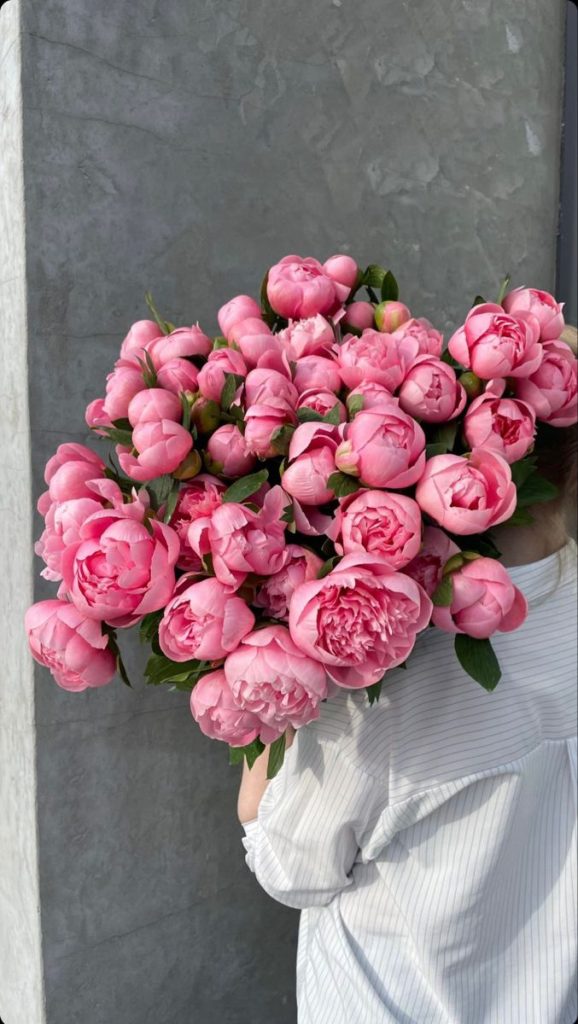
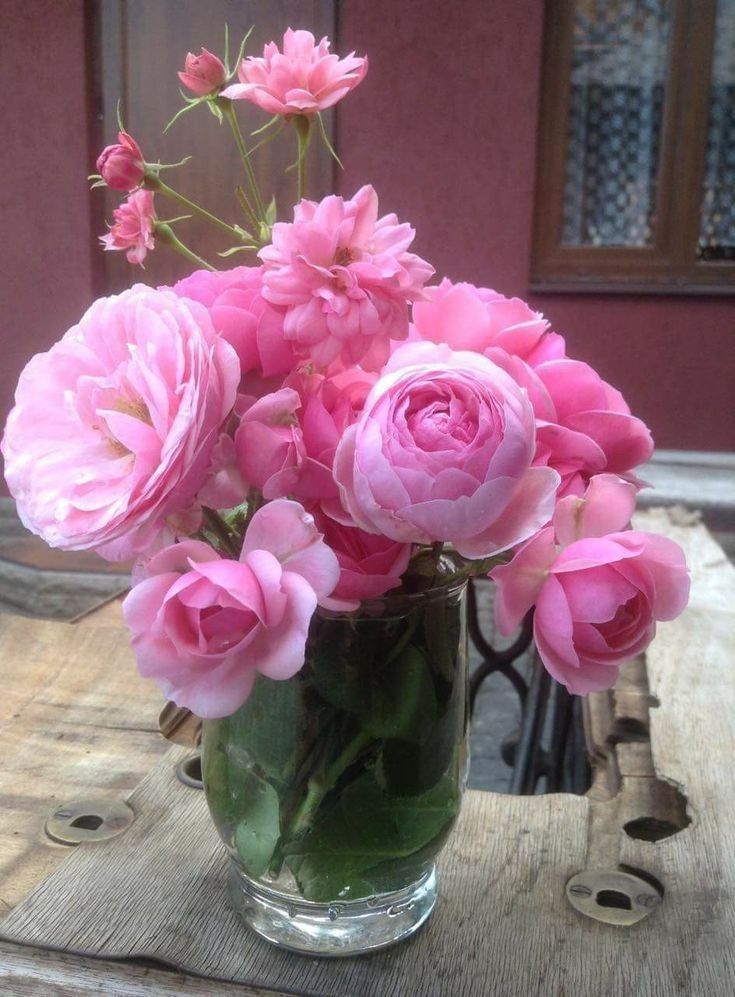
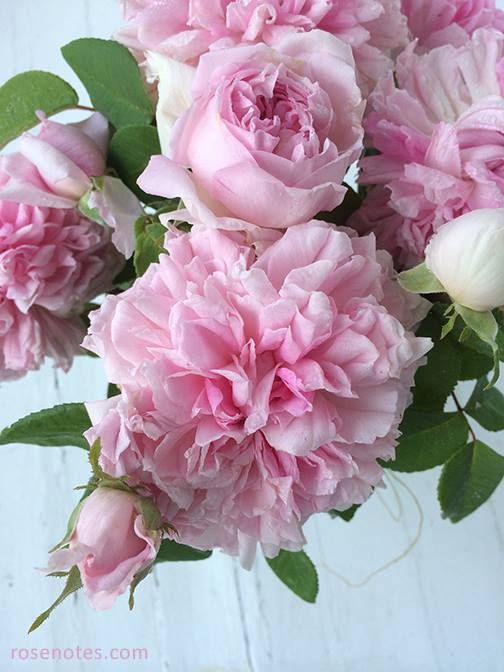
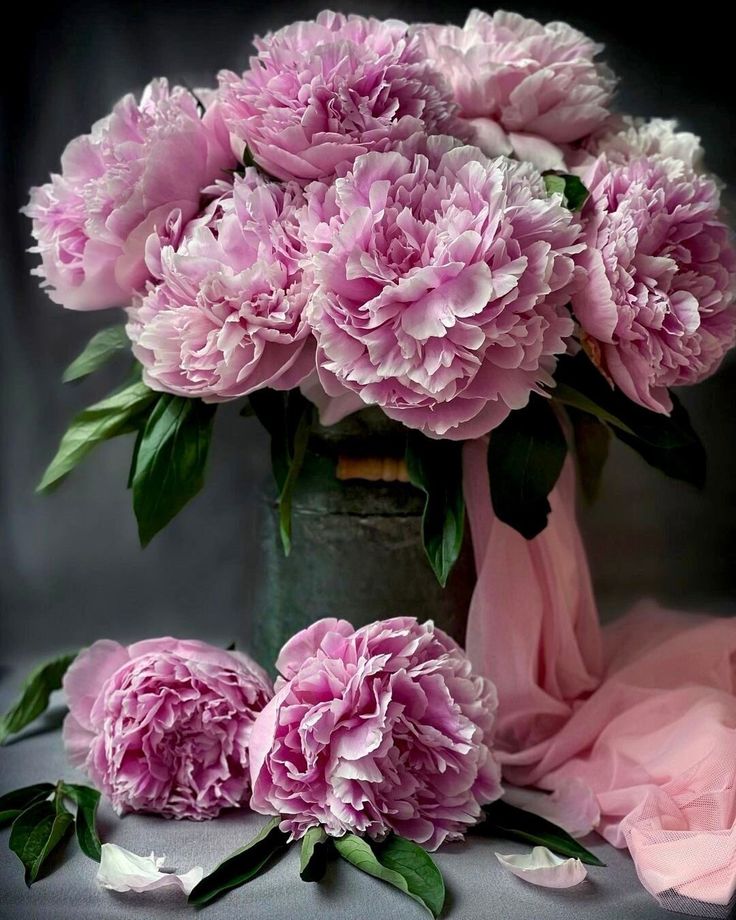
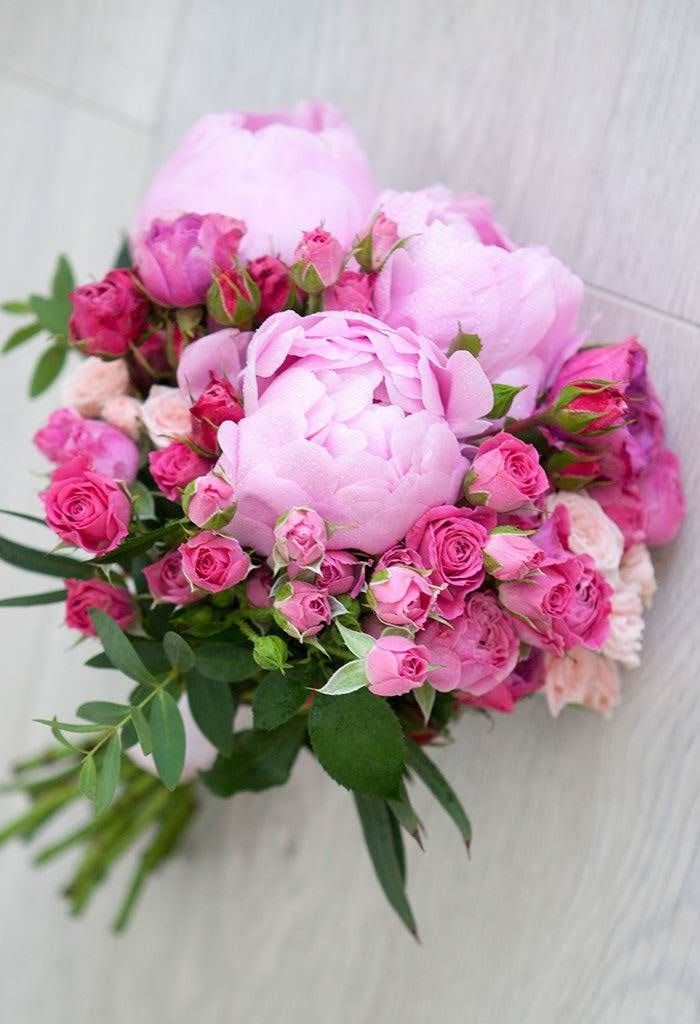
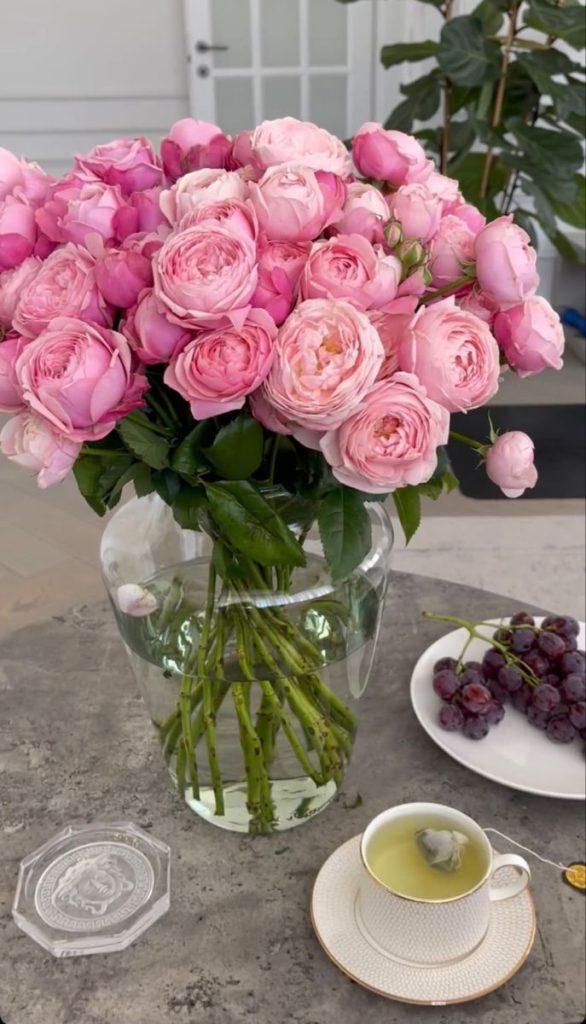
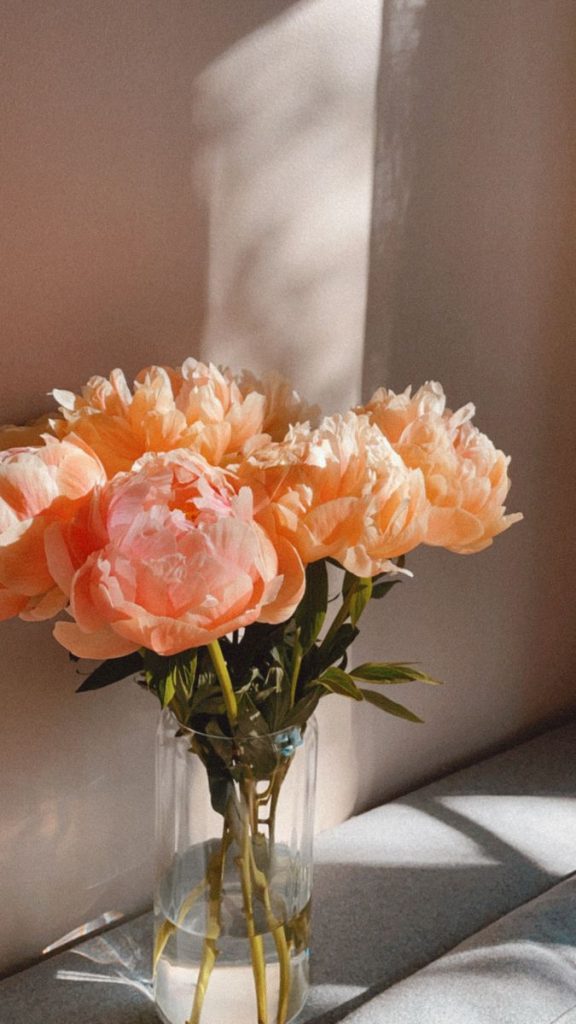

Essential Elements of a Butterfly Garden
A successful butterfly garden provides the following essential elements to attract and support butterflies throughout their life cycle:
- Host Plants: Include a variety of host plants that serve as food sources for butterfly larvae (caterpillars), providing them with the nutrients they need to grow and develop. Different butterfly species have specific host plant preferences, so choose plants that cater to the butterflies native to your region.
- Nectar Plants: Plant a diverse selection of nectar-rich flowers that provide adult butterflies with a continuous source of food and energy. Choose flowers with different shapes, sizes, and bloom times to attract a wide range of butterfly species throughout the growing season.
- Shelter and Sunlight: Provide sheltered areas such as shrubs, trees, or garden structures where butterflies can roost, rest, and seek refuge from wind, rain, and predators. Ensure that the garden receives ample sunlight, as butterflies are ectothermic creatures that rely on sunlight to regulate their body temperature and energy levels.
- Water Source: Offer a shallow water source such as a butterfly puddling area, birdbath, or shallow dish filled with water, sand, and rocks, where butterflies can drink and extract essential minerals and nutrients from the soil.
- Avoid Pesticides: Avoid using pesticides, herbicides, or chemical fertilizers in the butterfly garden, as these substances can harm butterflies, caterpillars, and other beneficial insects. Instead, practice organic gardening methods and rely on natural pest control techniques to manage garden pests.
Selecting Plants for a Butterfly Garden
When selecting plants for your butterfly garden, choose a diverse mix of native and non-native species that offer nectar, pollen, and foliage for butterflies at different stages of their life cycle. Consider the following factors when choosing plants:
- Native Plants: Native plants are well-adapted to the local climate, soil, and growing conditions, making them attractive and beneficial to native butterfly species. Research native plant species that are indigenous to your region and incorporate them into your garden design.
- Nectar Plants: Choose nectar-rich flowers with tubular or flat-shaped blooms that are easy for butterflies to access and feed from. Some popular nectar plants for butterflies include butterfly bush, milkweed, coneflower, bee balm, aster, salvia, and verbena.
- Host Plants: Select host plants that cater to the specific dietary needs of butterfly larvae and provide food and habitat for caterpillars to thrive. Common host plants for butterflies include milkweed for monarchs, parsley for swallowtails, dill for black swallowtails, and fennel for eastern black swallowtails.
- Seasonal Blooms: Include a mix of early, mid, and late-season blooming plants to provide a continuous source of nectar and pollen for butterflies throughout the growing season. Plant species with overlapping bloom times to ensure that there are always flowers available for visiting butterflies.
Designing Your Butterfly Garden
Follow these design tips to create a butterfly garden that attracts pollinators and enhances the beauty of your outdoor space:
- Plan for Diversity: Incorporate a diverse mix of plants with different heights, colors, textures, and bloom times to create visual interest and appeal to a wide range of butterfly species.
- Group Plants Strategically: Plant flowers in clusters or drifts rather than single specimens to make it easier for butterflies to locate and feed from them. Grouping plants with similar water, light, and soil requirements together can also simplify garden maintenance.
- Create a Butterfly Path: Designate a meandering path or walkway through the garden to encourage visitors to explore and observe butterflies up close. Use stepping stones, gravel, or mulch to delineate the path and provide access to different areas of the garden.
- Add Butterfly-Friendly Features: Incorporate butterfly-friendly features such as butterfly feeders, butterfly houses, or flat rocks for basking into the garden to provide additional resources and habitat for butterflies.
- Provide Resting Spots: Place garden benches, chairs, or seating areas strategically throughout the garden to provide opportunities for relaxation, observation, and enjoyment of butterfly activity.
Maintaining Your Butterfly Garden
To keep your butterfly garden thriving and attractive to pollinators, follow these maintenance practices:
- Water Regularly: Water the garden regularly, especially during dry spells or periods of drought, to ensure that plants have adequate moisture for growth and flowering. Water early in the morning to minimize evaporation and reduce the risk of fungal diseases.
- Deadhead Spent Blooms: Deadhead faded or spent blooms regularly to encourage continuous flowering and prevent the development of seeds. Removing spent blooms also helps maintain the garden’s aesthetic appeal and encourages the production of new blooms.
- Monitor for Pests and Diseases: Keep an eye out for signs of pest infestations, disease outbreaks, or other garden problems, and take prompt action to address them using organic pest control methods or cultural practices.
- Mulch and Fertilize: Apply a layer of organic mulch, such as shredded bark or compost, around plants to conserve moisture, suppress weeds, and improve soil fertility. Fertilize plants with a balanced organic fertilizer according to their specific needs and growth requirements.
- Observe and Enjoy: Spend time observing and enjoying the beauty and activity of butterflies in your garden, and keep a journal or record of butterfly sightings, behaviors, and plant preferences. Share your observations with family, friends, or fellow gardeners to inspire others to create butterfly-friendly habitats in their own yards.
Conclusion
Creating a butterfly garden is a rewarding and fulfilling experience that allows you to connect with nature, support pollinators, and enhance the beauty of your outdoor space. By providing the essential elements, selecting the right plants, designing with intention, and maintaining the garden with care, you can create a welcoming habitat for butterflies and other pollinators to thrive. Whether you have a small balcony, a suburban backyard, or a sprawling estate, there’s always room to cultivate a butterfly garden and make a positive impact on the environment. So roll up your sleeves, dig in the dirt, and let your garden take flight with the beauty and wonder of butterflies.
FAQs (Frequently Asked Questions)
- What are some common butterfly species that I can attract to my garden?
- Some common butterfly species that you can attract to your garden include monarchs, swallowtails, painted ladies, black swallowtails, eastern tiger swallowtails, fritillaries, skippers, sulphurs, and hairstreaks. Research the native butterfly species in your region and provide the appropriate host plants and nectar sources to attract and support them in your garden.
- Can I create a butterfly garden in a small urban space or container garden?
- Yes, you can create a butterfly garden in a small urban space or container garden by selecting compact and container-friendly plants that attract butterflies and provide food and habitat for them. Choose nectar-rich flowers, host plants, and butterfly-friendly features such as butterfly feeders or puddling areas, and arrange them strategically in containers or small garden beds to maximize space and appeal to pollinators. With careful planning and design, even the smallest outdoor spaces can become vibrant and inviting butterfly habitats.